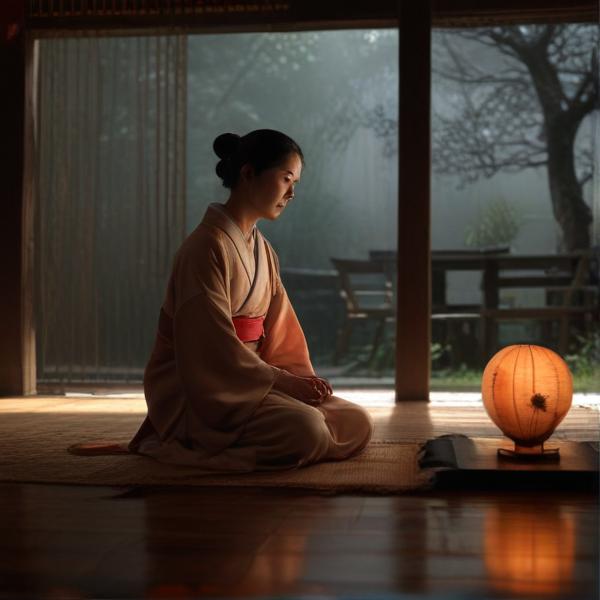基本信息 (Basic Information)
含义与用法 (Meanings & Usage)
中文核心释义 (Core Chinese Meaning): 皮肤上的疱疹,多指因病毒感染引起的小的凸起,如天花、痘疮。
英文核心释义 (Core English Meaning): pox; pustule on the skin, commonly caused by viral infection (e.g., smallpox).
象形意义 / 为何这么写 (Pictographic Meaning / Writing Rationale)
文言文释义 (Classical Chinese Meaning)
与现代意义相近,主要指痘疹或小疱疹。Similar to modern meaning, mainly referring to pustules or pox on the skin.
深入学习 (In-depth Study)
字源故事 (Origin Story)
字形演变 (Character Evolution)
常用词语和例句 (Common Words & Examples)
水痘 (chickenpox)
小明因为得了水痘而不能去上学。
Eng: Xiao Ming can't go to school because he has chickenpox.
天花 (smallpox)
天花是一种已经被消灭的病毒性疾病。
Eng: Smallpox is a viral disease that has been eradicated.
痘疮 (pock; pustule)
他的脸上留下了痘疮的疤痕。
Eng: There are pockmarks left on his face.
相关成语 (Related Idioms)
相关成语信息待补充。Related idiom information pending.
多语言翻译 (核心释义) (Translations (Core Meaning))
- French: bouton (de la variole), pustule, variole
- German: Pocke, Pustel, Blattern
- Spanish: viruela, pústula
- Italian: vaiolo, pustola
- Portuguese: pústula, varíola
- Russian: оспа, прыщ
- Arabic: جدري، بثرة
- Persian: آبله، جوش
- Dutch: pok, puist, pokziekte
- Polish: ospa, krosta
- Vietnamese: mụn, bệnh đậu mùa
- Ukrainian: віспа, прищ
视频学习资源 (Video Learning Resources)
通过以下链接在热门视频网站搜索 "痘" 的更多讲解:
Search for more explanations of "痘" on popular video sites:
- 在 Bilibili.com 搜索 "痘 字源 说文解字" (Search on Bilibili)
- 在 YouTube.com 搜索 "痘 character origin etymology" (Search on YouTube)
网络参考 (Web References for "痘") ()
网络内容摘要 (Web Content Summary):
“痘”,核心含义指的是皮肤上因病(如天花)引起的疱疹或小粒,特指天花病变。"痘" mainly refers to small poxmarks or blisters on the skin caused by diseases such as smallpox; it especially indicates symptoms of smallpox.
-
字形起源:“痘”左边“疒”表示与疾病有关,右边“豆”本义为盛东西的器具,但在此作声旁,无直接象形意义。Character origin: The left part “疒” is a radical indicating illness, while the right part “豆” originally refers to a vessel but acts as a phonetic component here, with no pictographic meaning related to the disease.
-
常见用法:“痘”常见于描述与天花或皮肤疱疹相关的词汇。Common usage: “痘” often appears in words related to smallpox or skin eruptions.
-
痘疹、痘子、痘花 —— 均指天花或其皮疹。“痘疹”, “痘子”, “痘花” — all refer to smallpox or its skin lesions.
-
痘疤、痘瘢 —— 指天花或痘疮后留下的疤痕。“痘疤”, “痘瘢” — scars left after smallpox.
-
-
文化背景:古代有“痘疹娘娘”“痘神”,人们祭祀以祈求免除天花灾害,反映了天花在历史上的严重影响。Cultural background: In ancient times, deities like “痘疹娘娘” and “痘神” were worshipped to seek protection from smallpox, showing the significant impact of smallpox in history.
-
易混淆点:“痘”与“豆”发音相同,但“豆”为器具或豆类食物,与疾病无关。Common confusion: “痘” (disease-related) shares pronunciation with “豆” (vessel or beans), but has unrelated meanings.
结论:“痘”主要涉及疾病,尤其指天花,在汉字和文化中有特定的历史背景,易与“豆”混淆,学习时需注意区分。Conclusion: “痘” is closely related to disease, especially smallpox, with specific historical context in Chinese culture. Take care not to confuse it with “豆”.
痘(汉语文字)_百度百科
痘疹娘娘(主管天花病的神);痘子(即天花);痘花(天花);痘疹(出天花时皮肤上出的豆状的疱疹);痘毒(痘疮之毒);痘疤(人患痘疮后留下的疤痕);痘客(出痘的病人);痘神(旧时所谓痘疮之神);痘瘢(人患痘疮后留下的瘢痕)
痘《汉字字源》_汉字「痘」_痘在汉字字源中的解释 - 国学大师
痘《汉字字源》,汉字「痘」,痘在汉字字源中的解释,国学大师,汉语字典 明清实录 | 二十四史 | 四库全书 | 古今图书集成 | 历史人物 | 说文解字 | 成语词典 | 甲骨文合集 | 殷周金文集成 | 象形字典 | 十三经索引 | 字体转换器 | 篆书识别 | 近义反义词 | 对联大全 ...
更多图片 (痘 More Images) ()
